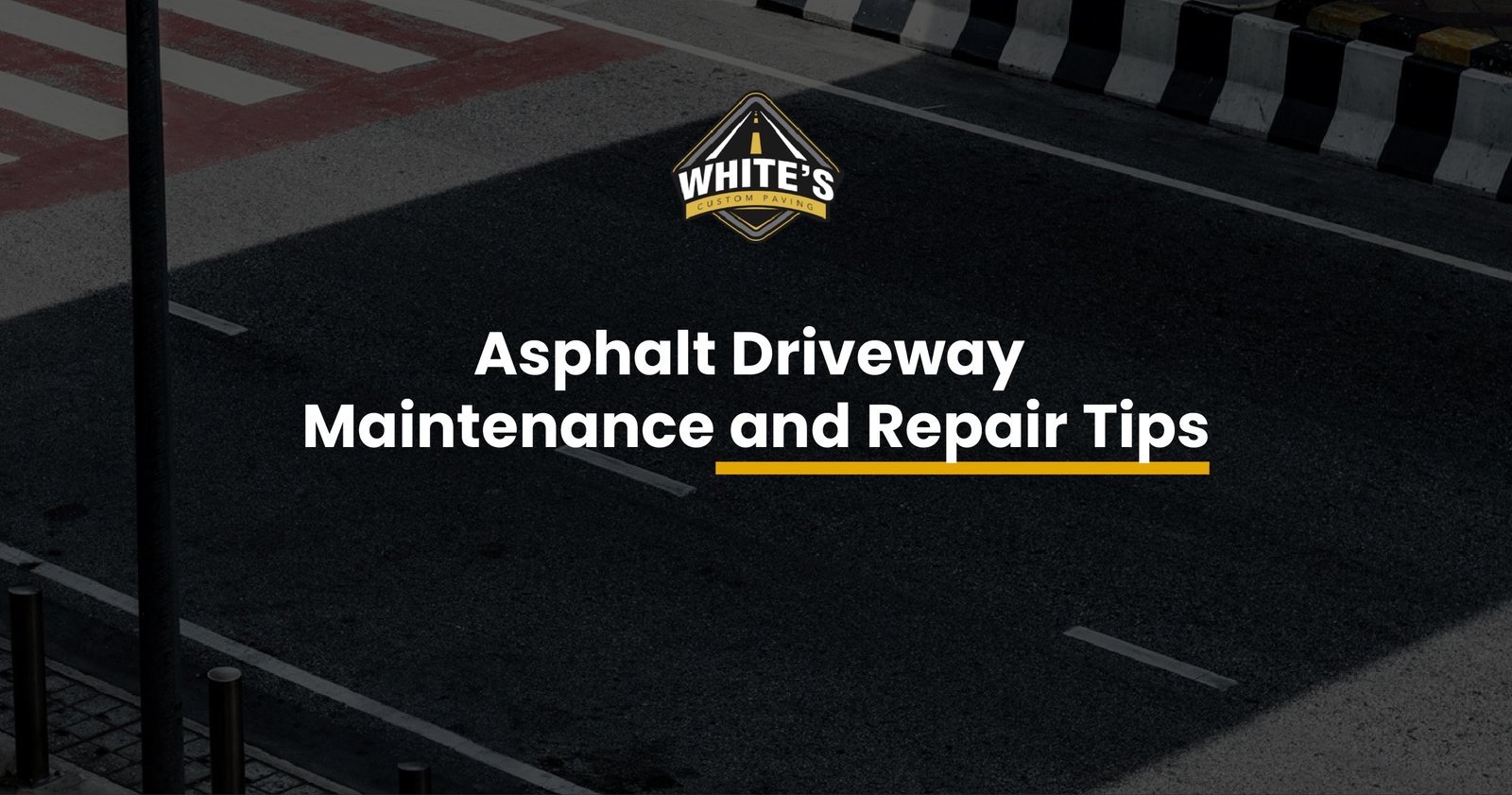
When it comes to maintaining a smooth, durable surface for driveways, parking lots, and roads, asphalt paving stands out as a top choice.
However, achieving a long-lasting asphalt surface requires knowledge of the best techniques and practices.
If you’re considering Asphalt Paving in Claymont, understanding these techniques can ensure your investment holds up against the elements and heavy use.
Let’s delve into the most effective paving techniques for creating resilient asphalt surfaces.
Proper Site Preparation
Before laying down asphalt, thorough site preparation is crucial. This step involves grading the area to ensure proper drainage and creating a stable foundation.
Poor preparation can lead to uneven surfaces, drainage issues, and premature wear.
Key Steps:
- Clearing Debris: Remove all vegetation, rocks, and other debris from the site.
- Grading: The area should be graded to promote water runoff and avoid pooling.
- Compaction: Use a roller to compact the sub-base, ensuring it’s stable enough to support the asphalt.
Selecting Quality Materials
The quality of the asphalt mix directly impacts the durability of the final surface. Using high-quality materials designed for your specific climate and traffic conditions can significantly extend the life of your pavement.
Considerations:
- Asphalt Mix Type: Opt for a mix that suits your application (e.g., dense-graded mixes for parking lots).
- Additives: Consider using additives that enhance durability and resistance to cracking and weathering.
Proper Installation Techniques
The installation process plays a significant role in the longevity of asphalt surfaces. Here are some key techniques:
Temperature Management:
- Heat Matters: Asphalt should be laid when the temperature is optimal, typically between 250°F to 300°F. This ensures proper compaction and bonding.
Layer Thickness:
- Optimal Thickness: Install asphalt in layers, typically 2-3 inches thick. This thickness helps manage weight and reduces the likelihood of cracks.
Compaction:
- Immediate Compaction: Compact the asphalt immediately after laying it to ensure a smooth surface and strong bond. Using vibratory rollers is ideal for achieving this.
Proper Drainage Design
Effective drainage design is a critical factor in preventing water damage, which can lead to cracks and surface deterioration.
Poor drainage can result in water pooling, which weakens the asphalt structure over time.
Techniques:
- Grading for Drainage: Ensure the surface slopes away from structures and low spots to facilitate water runoff.
- Incorporating Drains: Consider installing trench drains or catch basins in strategic locations to manage water effectively.
Routine Maintenance and Sealcoating
Even the best-paved asphalt surfaces need routine maintenance to prolong their life. Regular maintenance practices will keep your asphalt looking good and performing well.
Key Practices:
- Sealcoating: Apply sealant every 2-3 years to protect against UV rays, moisture, and chemicals. This creates a barrier that enhances durability.
- Crack Filling: Inspect the surface regularly for cracks and fill them promptly to prevent water infiltration.
- Routine Inspections: Conduct annual inspections to identify and address potential issues before they escalate.
Traffic Management
Traffic control during and after installation is vital for ensuring the integrity of your asphalt surface.
During Installation:
- Limit Traffic: Keep vehicles off the freshly laid asphalt until it has cured properly. This can vary from 24 to 48 hours, depending on weather conditions.
After Installation:
- Traffic Patterns: Implement proper traffic patterns and signage to guide vehicles, especially in high-traffic areas.
Weather Considerations
Weather conditions can greatly impact the asphalt paving process and the longevity of the surface.
Best Practices:
- Avoid Extreme Temperatures: Ideally, pave during mild weather (between 50°F and 85°F) to ensure optimal conditions for curing.
- Watch for Rain: Avoid paving before rain is expected, as moisture can compromise the asphalt surface.
Conclusion
When it comes to Asphalt Paving in Claymont, employing the right techniques ensures that your surfaces remain durable and aesthetically pleasing for years to come.
By focusing on proper site preparation, quality materials, effective installation methods, drainage design, routine maintenance, traffic management, and weather considerations, you can achieve long-lasting asphalt that stands the test of time.
For top-notch Asphalt Paving in Claymont, trust the expertise of White’s Custom Paving, who understand the importance of quality techniques and materials. Your pavement deserves the best care!
